Results
-
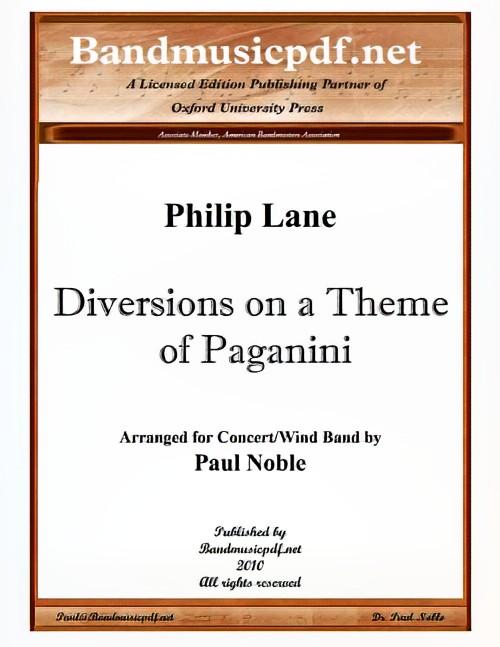 £150.00
£150.00Diversions on a Theme of Paganini (Concert Band - Score and Parts) - Lane, Philip - Noble, Paul
This work is made up of eight short movements and was originally scored for brass quintet, being commissioned for performance by the London Gabrieli Ensemble. The full orchestra version was made in 2000 for a commercial recording by the Royal Ballet Sinfonia conducted by Gavin Sutherland, and the band arrangement was completed in 2009. The title is important in that the pieces are more musings than variations on the famous theme. The introduction stands somewhat apart, rather in the way the opening of Dohnanyi's Variations on a Nursery Tune does, and the subsequent diversions play with the theme, or parts of it, in movements lyrical, bombastic, or plain frivolous. The individual titles of the movements are self-explanatory, except to add that the last one always reminds the composer, for some reason, of final credits going up at the end of a film or television programme. Titles of the eight movements: 1. Introduction and Theme; 2. In Pieces; 3. Toccata; 4. Chaconne; 5. Cortege; 6. Popular Song; 7. Five-A-Side; 8. Epilogue. This piece will be a great workout for your band, with lots of opportunities for soloists, some rhythmic challenges, and great emotional stretches.
Estimated dispatch 7-14 working days
-
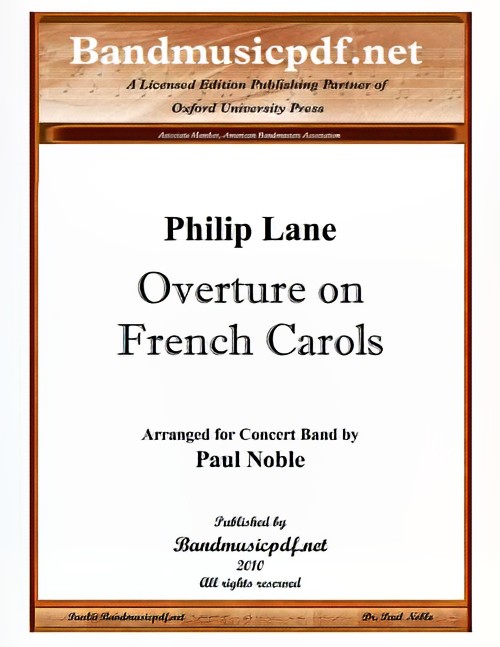 £110.00
£110.00Overture on French Carols (Concert Band - Score and Parts) - Lane, Philip - Noble, Paul
The idea for this work sprang from a visit to Bayeux in the weeks before Christmas in 2001 when carols were being played through loudspeakers in the streets to accompany seasonal shoppers. The overture was premiered by the BBC Concert Orchestra in 2003 and subsequently broadcast on BBC Radio 3. The work has been commercially recorded by the Royal Ballet Sinfonia conducted by Gavin Sutherland. The carols employed in this overture are: Il est n, le divin enfant, Patapan, Nol nouvelet, Quelle est cette odeur agreeable, and Masters in this hall. Some are brought together in the final section with Quittez, pasteurs as additional counterpoint in the horns. This piece will be an important addition to seasonal repertoire, and certainly in a setting that will be fresh and inspiring for audiences.
Estimated dispatch 7-14 working days
-
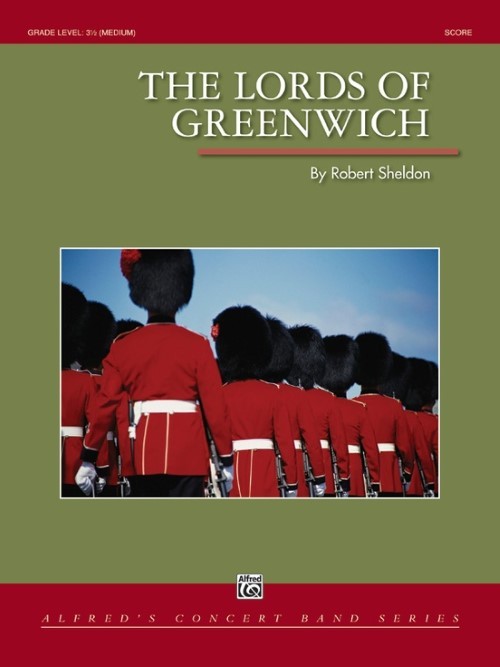 £77.50
£77.50The Lords of Greenwich (Concert Band - Score and Parts) - Sheldon, Robert
Written in the style of an authentic British folk tune, this is an original composition inspired by the music of Gustav Holst and Ralph Vaughan Williams. A jaunty theme greets the listener at the outset of the piece, followed by a lyrical and expressive ballade. A brief transition culminates in a musical statement that recalls the music of a British military brass band, which is then accompanied by the original thematic material bringing the piece to a definitive conclusion.Duration: 4.45
Estimated dispatch 7-14 working days
-
 £60.00
£60.00Free Spirit Overture (Flexible Ensemble - Score and Parts) - Williams, Jerry - Clark, Andy
Free Spirit Overture by Jerry Williams has long been a favourite of bands around the world and this tasteful arrangement in the Build-A-Band Series makes it playable by groups with limited instrumentations. Playable by any combination of instruments as long as the five main parts are covered and also includes optional parts for Mallets, Keyboards, Strings, and Percussion. A terrific concert or contest piece for very small bands and an excellent teaching tool.Duration: 4.15
Estimated dispatch 7-14 working days
-
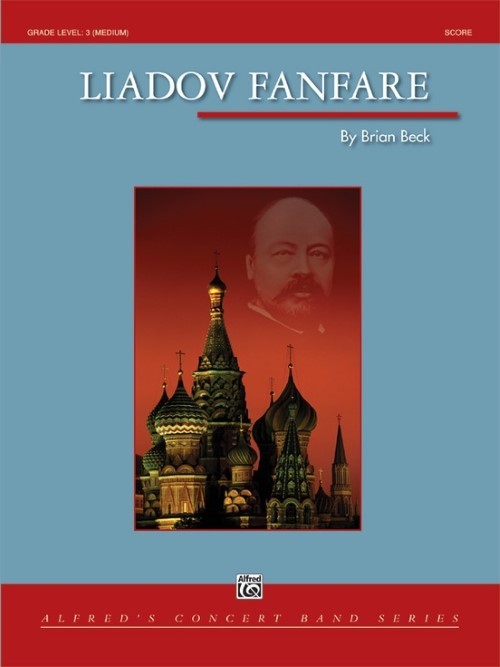 £64.95
£64.95Liadov Fanfare (Concert Band - Score and Parts) - Beck, Brian
Based on themes by Anatoly Liadov, this bold fanfare provides a terrific way to open your next concert. The stately melodies by this well-known Russian composer provide an uplifting and majestic setting for this stunning work by composer Brian Beck. Duration: 2:00
Estimated dispatch 7-14 working days
-
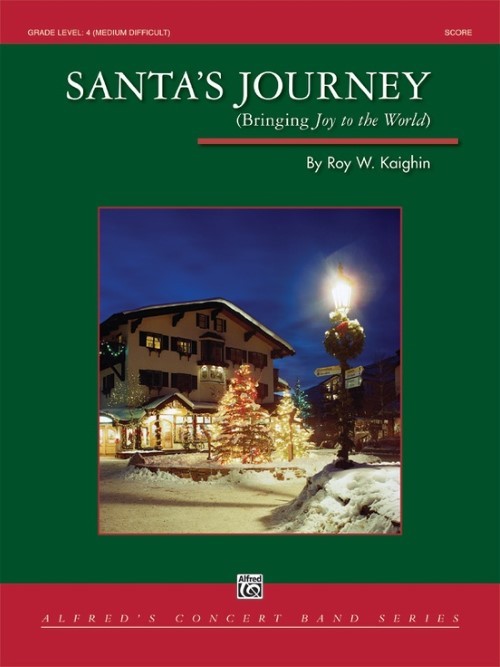 £77.50
£77.50Santa's Journey (Bringing Joy to the World) (Concert Band - Score and Parts) - Kaighin, Roy
As Santa starts his journey, bringing 'Joy to the World' by delivering presents to children - and adults too, he sets off on his majestic sleigh driven by his reindeer. A few elves have snuck into the sleigh to help. With a whoosh, he flies across the sky and over the snowy mountains. The music is in continuous motion, just like Santa's Sleigh, as he has many presents to deliver before morning.The quiet moments in the music depict Santa's arrival in small villages, away from the hustle and bustle of the big cities, touching the hearts of people everywhere. During his journey, Santa discovers the elves who have apparently lost some of the presents. Santa offers a gentle reprimand before the presents are ventually found by Elfie, the youngest Elf. After all the presents have been delivered, Santa heads back home as he calls out, "I'll be back next Christmas!"Duration: 4.15
Estimated dispatch 7-14 working days
-
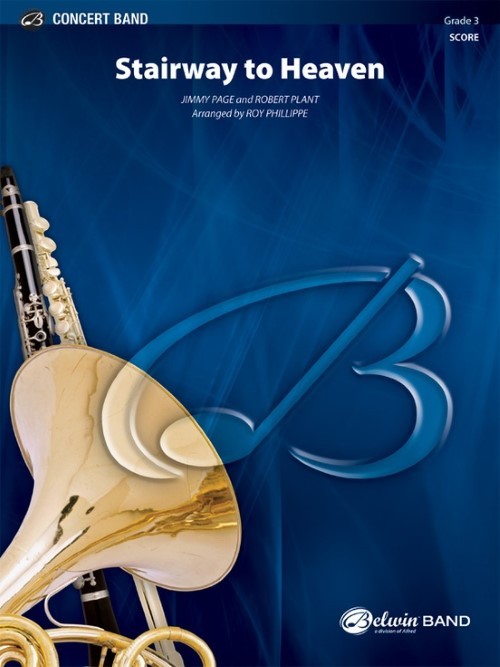 £70.50
£70.50Stairway to Heaven (Concert Band - Score and Parts) - Page & Plant - Phillippe, Roy
Stairway to Heaven is a song by the English rock band Led Zeppelin. It was composed by guitarist Jimmy Page and vocalist Robert Plant for the band's fourth studio album, Led Zeppelin IV. It was voted #3 in 2000 by VH1 on their list of the 100 Greatest Rock Songs. It is the most requested and most played song on FM radio stations in the United States, despite never having been released as a single there. Classic rock just never goes bad! This solidly scored arrangement has a driving rock beat that will have your concert band at the top of the charts as well. Duration: 3.45
Estimated dispatch 7-14 working days
-
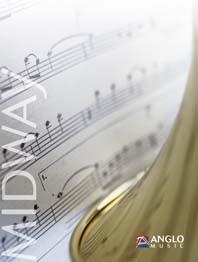 £137.99
£137.99Scaramouche (Euphonium Solo with Concert Band - Score and Parts) - Sparke, Philip
Scaramouche was commissioned by Katrina Marzella with a grant from the BBC Performing Arts Fund.Undoubtedly the finest baritone player of her generation, Katrina was granted an education bursary from the BBC Performing Arts Fund as a result of winning the BBC Radio 2 Young Brass Soloist of the Year in 2004. This has allowed her to commission a series of new works for her instrument, including Scaramouche.In this version for euphonium and concert band, Scaramouche continues Sparke's series of works which uses the Italian improvisational theatre tradition of commedia dell'arte as an inspiration. Pantomime, Harlequin and, now, Scaramouche draw on the contrasting moods of pathos and comedy characterised by the happy/sad masks which symbolise European theatre. A slow expressive ballad, followed by a spirited vivace allows the composer to exploit both the lyrical and technical sides of the euphonium, therefore giving the soloist the chance to display the full capabilities of their instrument.Duration: 7.00
Estimated dispatch 7-14 working days
-
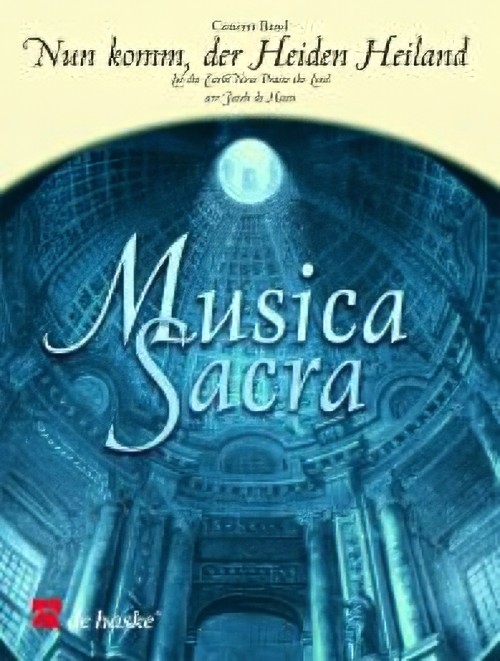 £76.99
£76.99Nun komm, der Heiden Heiland (Concert Band - Score and Parts) - De Haan, Jacob
The well-known chorale Nun komm, der Heiden Heiland (Let the Earth Now Praise the Lord) was written by Martin Luther in 1524 and derives from a translation of a hymn from the 4th century before Christ. The melody was composed by Johann Walter, however Johann Sebastian Bach used it as a basis for many cantatas. This arrangement by Jacob de Haan gives your band the chance to perform an attractive version of this beautiful chorale.Duration: 4:30
Estimated dispatch 7-14 working days
-
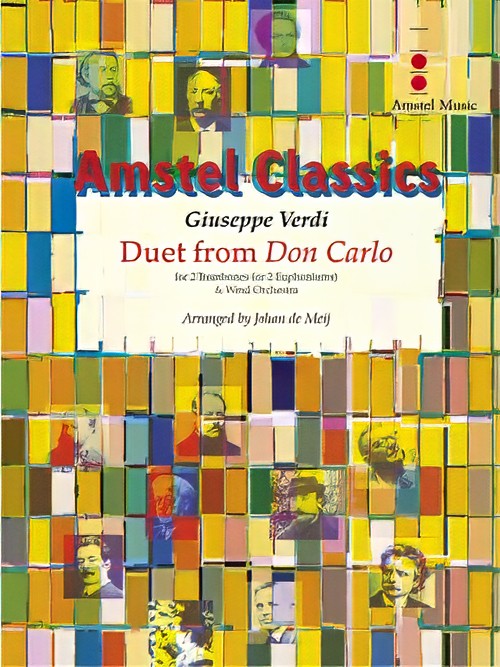 £115.00
£115.00Duet from Don Carlo (Trombone or Euphonium Duet with Concert Band - Score and Parts) - Verdi, Giuseppe - De Meij, Johan
Don Carlo was originally written (title Don Carlos) as a French five-actor for the 1867 world exhibition in Paris. Later, Verdi transformed this improant grand opera into a four-acter in Italian. With its many leitmotifs, Don Carlo was 'too Wagnerian' according to French critics, although Verdi hardly knew the music by his German colleage. For the record, the composer was not happy either with the 'lifeless and cold' performance in Paris, and the drama, concerning Charles V, Philip II and crown price Don Carlo, found its way to La Scala only twenty years later. This duet, arranged by Johan de Meij, originates from the second act. While monks pray for the soul of Emperor Charles V, his grandson Don Carlo takes the stage, tormented by the fact that the woman he loves is now married to his father. Carlo's friend Rodrigo, the Margquis of Posa, has just returned from Flanders. He asks crown prince Carlo to help him ease the oppression and suffering of the Flemish people. Carlo reveals his secret: he is in love with his stepmother. Rodrigo advises him to leave Spain and to go to Flanders. The two men vow to be friends forever in the duet Dio, che nell' alma infondere (God, who wishes to instil love and hope in our souls). Duration: 4.00
Estimated dispatch 7-14 working days
